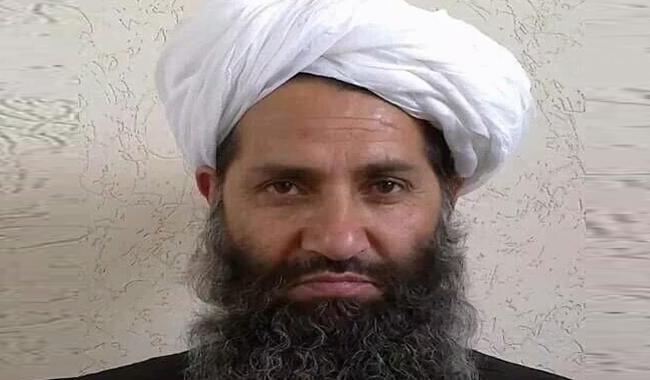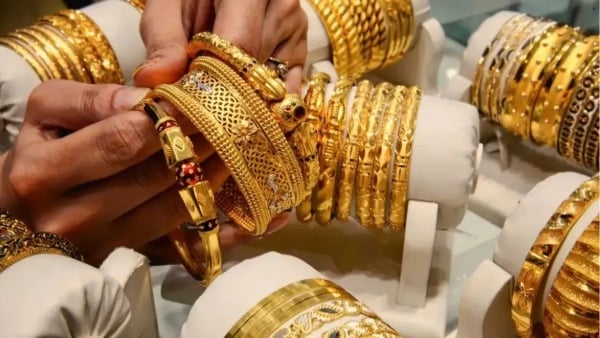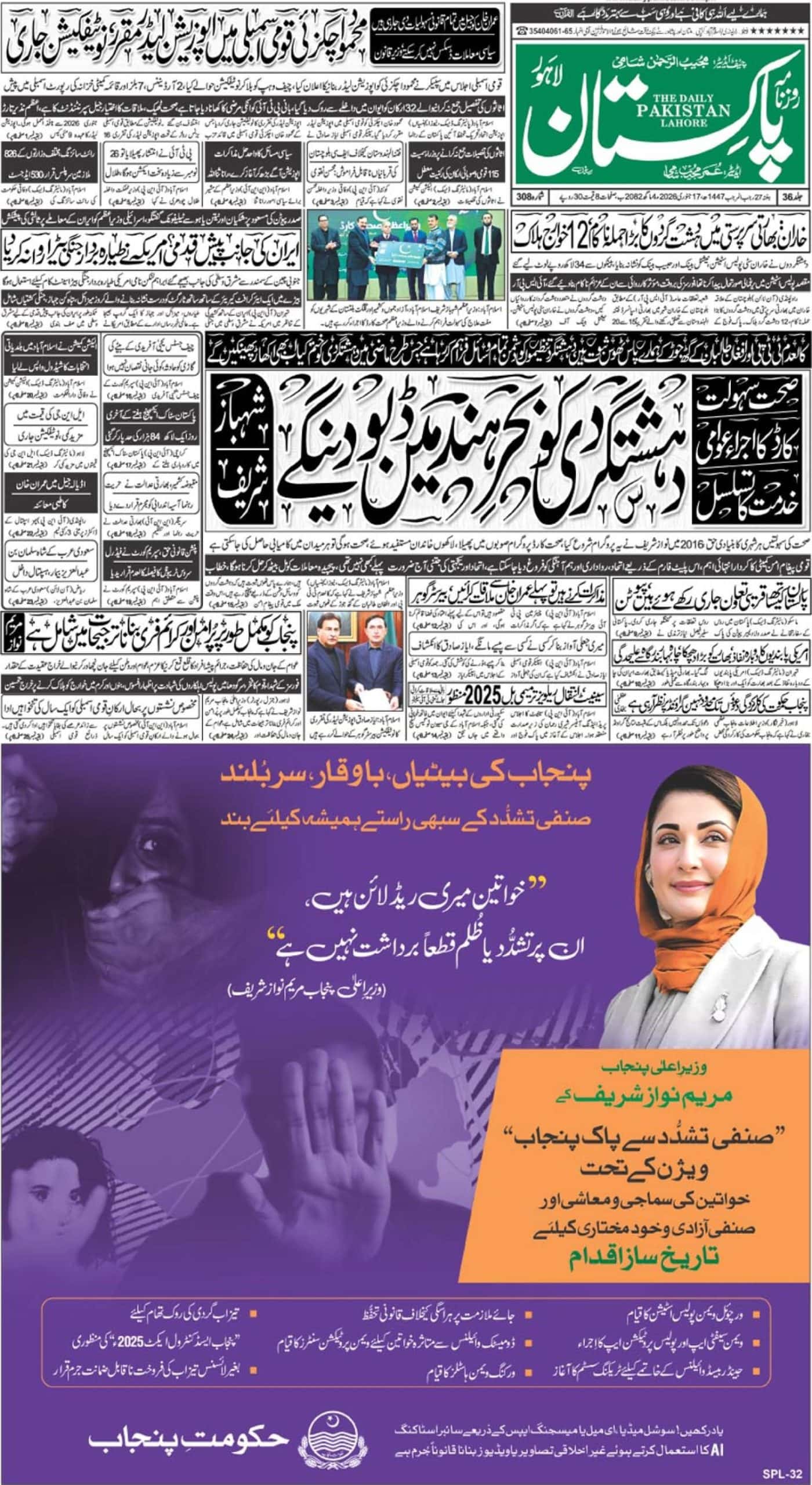PESHAWAR (Web Desk/Agencies) – Although the Taliban named Haibatullah Akhundzada as its new leader on Wednesday, new reports claim that he was not the obvious candidate to become Mullah Mansour’s successor when senior Taliban militants gathered to appoint a new “emir” this week, in the wake of their former leader’s killing in a US drone strike on Saturday.
The “shura”, or leadership council, was convened in haste after former leader Mullah Akhtar Mansour was killed by a U.S. drone strike in Balochistan, forcing the Taliban with to chose their second leader in less than a year.
Earlier in 2015, the Taliban chose Mullah Mansour as their new leader after it was revealed that their first “emir” Mullah Omer had been dead for many years, a fact hushed up by the Taliban high-command that was close to him.
According to one attendee, many Taliban commanders joined in the “shura” (council meeting) to chose Mansour’s successor via mobile phone or Internet-based voice apps, in apparent fear of another US drone strike.
Unlike a similar meeting held last July, when an important faction walked out in protest, delegates agreed on the choice of Haibatullah Akhundzada, said Taliban spokesman Zabihullah Mujahid.
But there was hesitation even in this latest meeting, as senior Taliban figures chose Akhundzada only after ruling out two other candidates, said two members of the council who attended the meeting.
“Sirajuddin Haqqani was the first choice of the majority of the shura,” said one of the members. Reuters could not independently confirm this, or other accounts of what happened at the meeting.
“But (they) feared it could increase their hardships if Haqqani is made emir as he is the most wanted Taliban figure in the United States,” said the “shura” member.
Haqqani, who heads a feared network behind a series of deadly bombings in the Afghan capital Kabul in recent years, has a $10 million bounty on his head.
Eventually, Haqqani, who was not present but had representatives at the gathering, withdrew his candidacy.
Some analysts predict that, should Haqqani accept the new leadership structure, he could continue his military leadership role.
After Haqqani was sidelined, Mullah Mohammad Yaqoob, a son of late Taliban founder Mullah Mohammad Omar, was put forward as the leader. However, Yaqoob turned the offer down because he feared he lacked battle experience and was too young, said a Taliban commander at the “shura”.
Yaqoob, believed to be in his mid-20s, stormed out of the council last year when Mansour was appointed Omar’s successor, deepening divisions that plague the movement even to this day.
This time, Yaqoob proposed Akhundzada, who was chosen after the opinions of senior clerics from the Afghan provinces of Zabul, Kandahar and Helmand were received, said the commander.
“He (Akhundzada) initially made some excuses but had to keep quiet after the majority of the shura members insisted,” he added.
Both Yaqoob and Haqqani were named as deputies to the new leader.
What Akhundzada’s elevation means for the insurgency in Afghanistan is not immediately clear.
He has been identified by the United Nations as the former chief of the hardline justice system imposed by the Taliban when it ruled Afghanistan between 1996 and 2001.
Within an hour of the appointment being announced, a bus carrying court employees west of Kabul was blown up in a suicide attack, killing up to 11 people and wounding more. The Taliban claimed responsibility.
Experts said the leadership announcement came sooner than most had expected and made sense from a point of view of stability.
“He (Akhundzada) is of the older generation, he is one of the founders. So he has more respect as a religious scholar while Sirajuddin Haqqani and Yaqoob … are pretty young,” said Thomas Ruttig of the Afghanistan Analysts Network.














